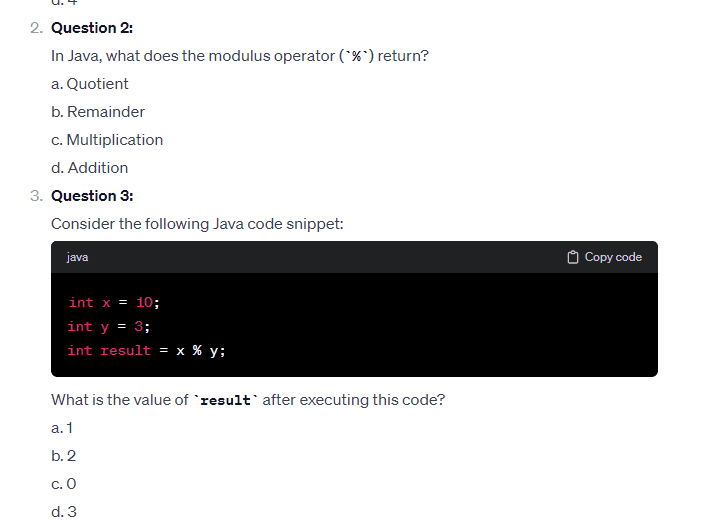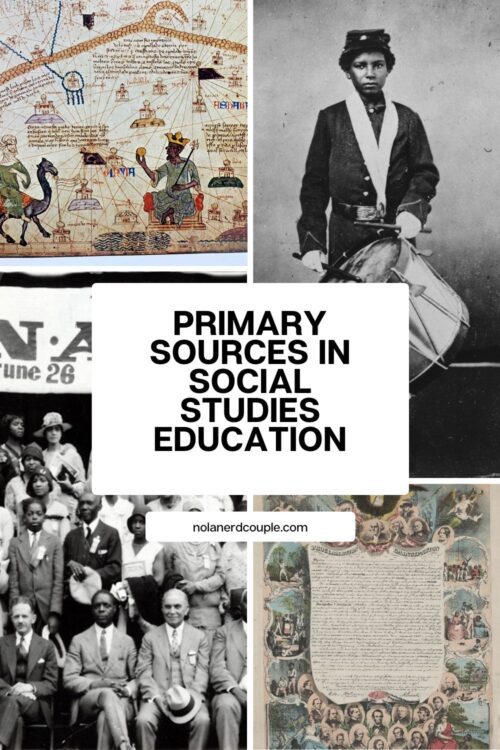In today’s fast-paced educational landscape, Artificial Intelligence (AI) has become an indispensable tool for teachers. From streamlining workflows to creating high-quality, personalized resources, AI is revolutionizing the way educators engage with students. This is where AI creating interactive and student-friendly content becomes a transformative tool.
As an educator, I’ve embraced AI to save time, improve resource quality, and eliminate my reliance on platforms like Teacher Pay Teachers (TPT). While TPT serves a purpose, AI offers a more efficient and customizable approach to teaching that focuses on immediate classroom needs. Even better, by pairing AI with Open Educational Resources (OER), I’m free to share anything I create with other educators, fostering a culture of collaboration and equity.
Why Teacher Pay Teachers Exists – And Why AI Is Better
I fully understand why platforms like TPT are popular. Many teachers are underpaid and turn to TPT as a side hustle to make ends meet. It’s a way for them to share their expertise while earning supplemental income. But for me, the drawbacks of TPT outweigh the benefits.
The lack of consistent quality control on TPT means that while some materials are of excellent quality, others fail to meet professional or curriculum standards. Additionally, TPT resources are often locked behind a paywall and designed for broad appeal, making it difficult to find resources tailored to specific classroom goals.
This is where AI shines. With AI, I can create highly tailored, professional-quality resources in minutes, ensuring they align perfectly with my curriculum and student needs.
AI Creating Interactive and Student-Friendly Content
AI has been a game-changer in my teaching practice, allowing me to create interactive and student-friendly content with ease. Here are some ways I’ve used AI to revolutionize my classroom:
1. Automating Quizzes Aligned with Standards
AI allows me to generate quizzes that are directly aligned with educational standards or classroom topics. Instead of spending hours crafting questions, I can input a topic or specific curriculum guidelines, and the AI produces a customized quiz in minutes. This has saved me countless hours while ensuring my assessments are purposeful and high-quality.

2. Simplifying Complex Texts for Students
One of my favorite uses of AI is simplifying scholarly or dense academic articles into digestible summaries. For example, in my African American Studies class, I often source long articles about local history. AI helps me condense these into student-friendly formats at a lower Lexile level, making them accessible to a wider range of learners without losing the core message.
3. Generating Writing Examples
To help students understand different writing styles, I use AI to generate examples that are relevant to their assignments. For instance, when my students had to write letters to an abolitionist newspaper editor, AI helped craft examples in the style of the 1800s, but at a level appropriate for high school writers. This process saves me time and provides students with relatable models they can emulate.
4. Creating Questions from Video Transcripts
AI’s ability to extract transcripts from videos and generate timestamped questions has been invaluable for interactive lessons. I integrate these questions into platforms like Nearpod, creating engaging and dynamic learning experiences for my students. This not only boosts engagement but also helps me gauge comprehension in real-time.
AI and OER: A Perfect Partnership
One of the greatest benefits of using AI is that it allows me to create educational resources that I can share freely with others under the framework of Open Educational Resources (OER). According to UNESCO, OER are “teaching, learning, and research materials in any format and medium that reside in the public domain or are under copyright but have been released under an open license.”
By pairing AI with OER, I can:
- Freely Share My Work: Any quizzes, lesson plans, or summaries I create using AI can be shared with other educators under OER principles. This fosters collaboration and ensures that resources benefit as many students as possible.
- Promote Equity: OER ensures that no teacher or student is excluded from accessing high-quality materials due to financial constraints.
- Encourage Innovation: Because OER allows for re-use and adaptation, other educators can build upon the materials I create, improving them for their own classrooms.
Learn more about OER from UNESCO here: [Open Educational Resources | UNESCO].
Why I Advocate for AI and OER Over TPT
While I recognize the value TPT provides for many teachers, I believe AI and OER offer a more sustainable and equitable solution:
- Cost-Effectiveness: OER is free, and AI tools are becoming increasingly affordable (and the free ones are increasing in effectiveness), eliminating the need for teachers to spend their own money on resources.
- Customization: AI creating interactive and student-friendly content allows for unmatched levels of personalization, helping teachers create materials that align with both curriculum standards and individual student needs.
- Freedom to Share: With TPT, resources are locked behind a paywall. With AI and OER, I’m able to freely share what I create, ensuring my resources reach and benefit as many educators and students as possible.
Research-Backed Benefits of AI in Education
Research supports the value of AI in education. A recent study highlights that “AI-powered tools have the potential to improve teacher workflows, enhance student engagement, and increase the overall quality of instruction by automating repetitive tasks and providing actionable insights” (Hilton, 2021). You can read more about this study here: [The Review of Open Educational Resources in K-12 Education].
Final Thoughts: AI as the Future of Teaching
AI has transformed my teaching practice, enabling me to focus on what matters most—engaging with my students and fostering a love for learning. By automating repetitive tasks, simplifying content, and generating customized resources, AI has freed me from the inefficiencies of platforms like TPT and allowed me to deliver better-quality instruction.
Even more importantly, pairing AI with OER allows me to share my work freely and contribute to a global ecosystem of accessible, high-quality educational materials. Together, AI and OER represent the future of education—one that prioritizes equity, collaboration, and innovation.
About The Author
Discover more from NolaNerdCouple.com
Subscribe to get the latest posts sent to your email.




